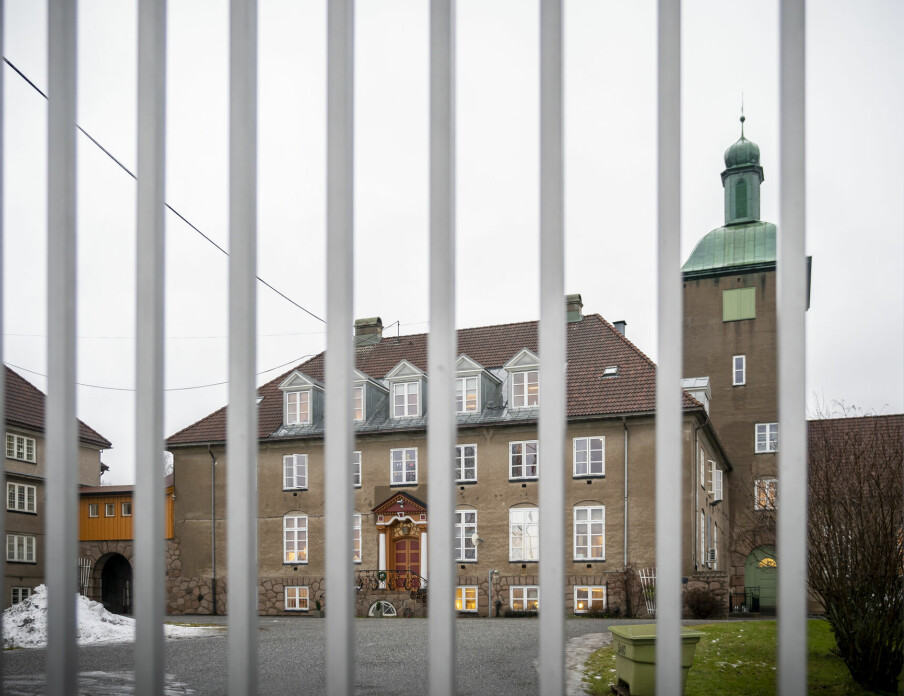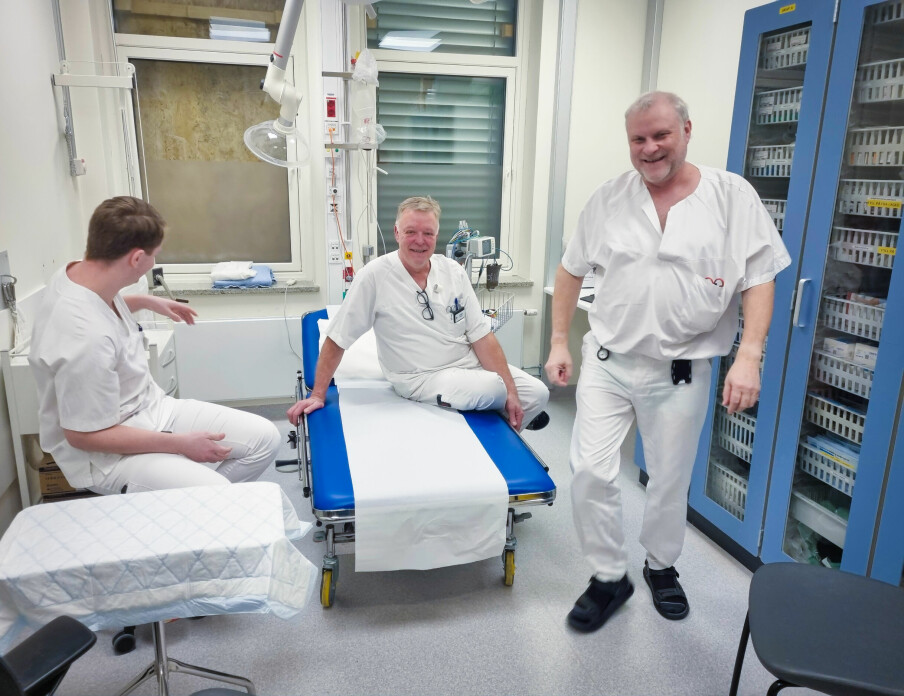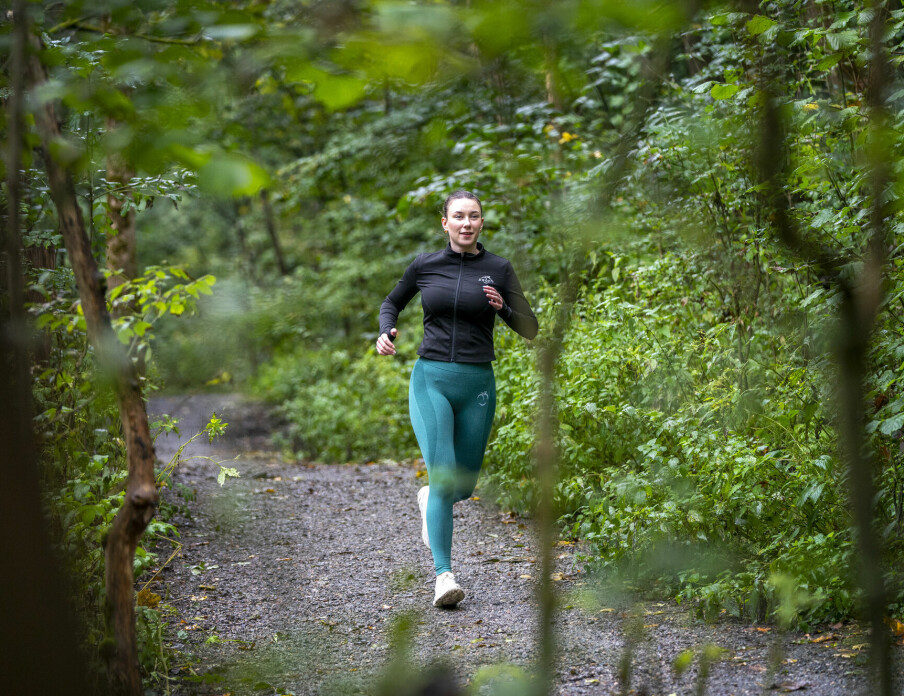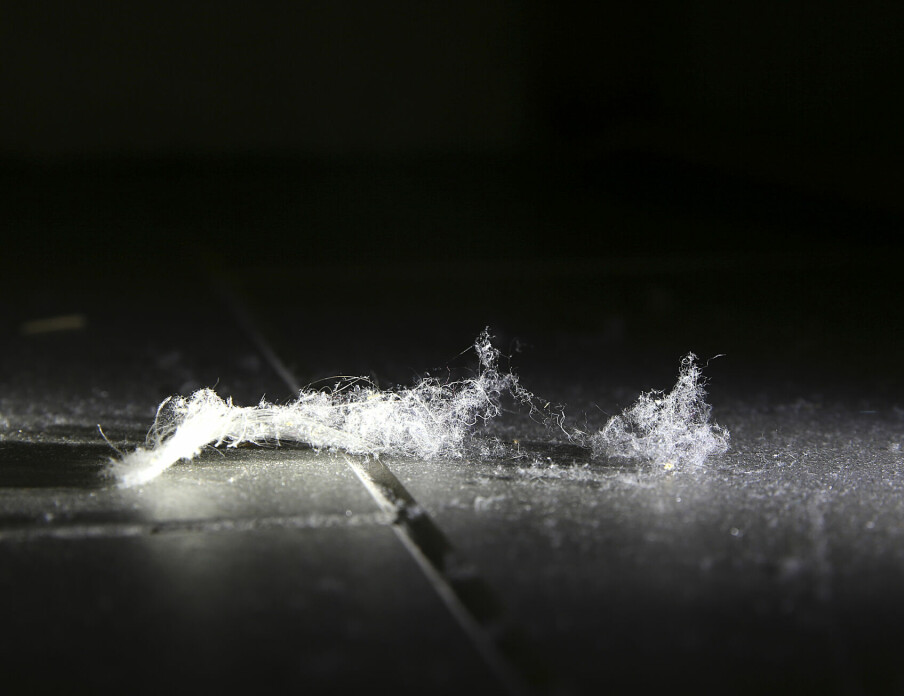Opinion:
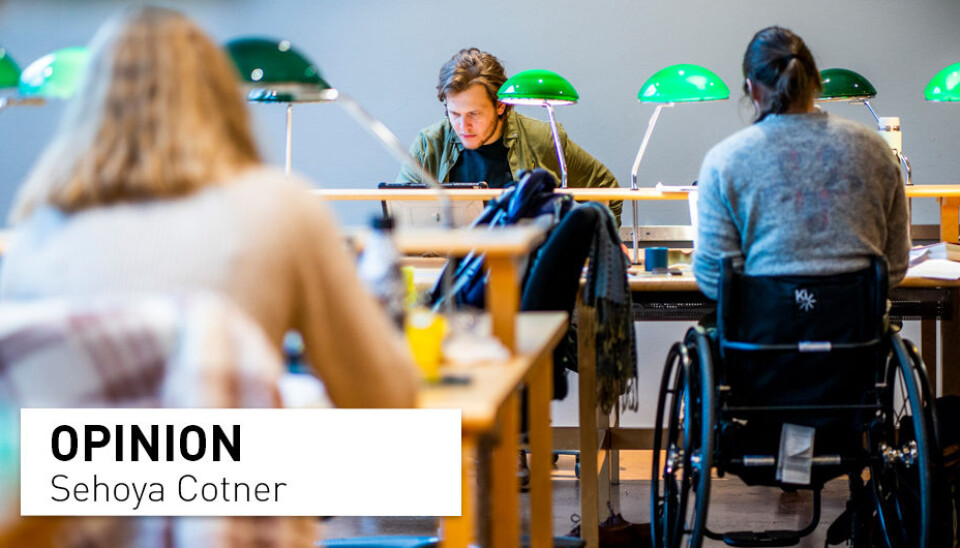
A two-censor-system will be a disappointing setback for higher education in Norway
OPINION: From a scientific perspective, the proposed law revision should be rejected.
As a recent immigrant to Norway from the US, I can confirm that the concept of “Scandinavian Envy” is real. For years, my friends and colleagues have spoken in awed tones about your happiness index, social security, and general distribution of resources such as access to health care and higher education. I feel like, by getting the chance to move to Norway, I won the lottery.
However, as an expert on teaching and learning in higher education, I am a bit stunned by some of the policy changes proposed by the Aune Committee (NOU 2020:3), including some of the provisions regarding student rights to appeal grades, and especially the return to two censors for every assessment.
I’ve spent a bit of time recently discussing the history of this proposal, reading different perspectives, and considering the arguments in favor of the provision. And I’ve concluded that, from a scientific (i.e., evidence-based teaching and learning) perspective, the proposed should be rejected.
I work from a relatively novel framework often referred to as Scientific Teaching, a concept known by other names but rooted in the idea that scientists should approach their teaching with a scientific lens (Handelsman, Miller, and Pfund 2007; Miller et al 2008; Pfund et al 2009). The core idea of Scientific Teaching is that educators should strive to implement active learning, consistent formative assessment, and inclusive teaching. Critically, Scientific Teaching represents true reform in higher education—reform intended to better align inclusive teaching with the expectations of our disciplines.
I argue that several aspects of the proposed new regulations, especially those regarding assessment and censors, violate these premises; this thus constitutes a disappointing setback for higher education in Norway.
The lure of two censors
The fundamental premise of the two-censor requirement sounds tractable, initially, but in the attempt to guarantee rights to the individual student, the only right this provision actually guarantees is that of having two censors.
Critically, does it guarantee better grading? No.
Recent studies, including here in Norway (Bjølseth, Havnes, and Lauvås 2011), indicate rampant disagreement between censors. Furthermore, if instructors are using evidence-based teaching, and testing students on higher-order cognitive skills beyond direct memorization, it seems unlikely that a censor outside of the narrow sub-discipline would be a fair judge of these assessments.
Essentially, students gain no meaningful rights here, while actually sacrificing their right to a high-quality education.
As a biologist, I can certainly evaluate multiple-choice exams testing student knowledge of the basic facts of, for example, Norwegian environmental history; it would be much more difficult for me to assess a student’s critique of the underlying environmental discourse of the Alta Conflict. And preparing me to do this effectively would require a lot of effort on the instructor’s part. Add incongruity between censors to the mix, and we are certainly not doing better by our students.
In other words, the best-case scenario, one involving unlimited resources for instructor and censor time, is still not good for the students. Essentially, students gain no meaningful rights here, while actually sacrificing their right to a high-quality education.
The high value of low stakes
Active learning involves the incorporation of student-centered pedagogies that enable participants to construct their own learning. To appropriately engage students in active-learning pedagogies such as team-based learning, case-study discussion, and structured debate, many investigators (Freeman et al 2007, Haak et al 2011) have pointed to the need for instructors to set some level of accountability for these tasks, and for the students to feel that their efforts are seen and valued by the teacher. An obvious way to set such accountability is to assign a point value, however small, that is a part of the student’s grade in the course.
The recommendations put forward by the Aune Committee will hinder such practices. It is unreasonable to expect instructors, or the institutions for whom they work, to create multiple, small-point-value assessments that must be graded by two independent proctors. This argument is also clearly linked to the formative assessment premise of Scientific Teaching. Instructors, struggling under the weight of creating multiple assessments for censors, along with the added demands of serving as censors themselves, will simply abandon meaningful (i.e., accountable) low-stakes formative assessments.
A safe and including learning environment
Inclusive teaching involves strategies that promote equity in our classrooms and disciplines. A growing body of work has illustrated that assessment matters to equity. In several studies, women and first-generation college students underperform relative to their counterparts, a phenomenon that is predicated in part on how students are assessed +
The proposed requirement will likely lead to less engagement from the teaching staff and lower the quality of teaching and learning.
For example, women underperform relative to men in large, introductory-level STEM courses, but specifically on threat-inducing high-stakes exams. A recent study (Cotner et al 2020) based in Norway has similarly demonstrated a negative relationship between test anxiety, which is significantly higher in women on average, and performance on exams. On lower-stakes, formative assessments, there is either no difference or women overperform. In one study (Cotner and Ballen 2017), in which biology faculty adjusted their grading to deemphasize the role of a few high-stakes exams (that is, they lowered the stakes), gender-biased performance gaps were eliminated. Simply put, how we assess our STEM students can impact economic and societal challenges such as the disproportionate attrition of women from STEM disciplines.
Further, grading that incorporates flexibility (e.g., extended time, retake options, the ability to drop the lowest score) is more accommodating for students with disabilities, full-time jobs, and family commitments—as well as for students trying to recover from the loneliness and depression of the pandemic (https://studenthelse.no/), as is the case for almost half of Norwegian students in higher education right now.
A logical flaw
Finally, there is a logical flaw that cannot be ignored. By ostensibly advocating for student rights, while at the expense of student learning, the role of the instructor is neglected. Are not we supposed to know better than our students? When we construct our learning outcomes, choose pedagogies, and develop course assignments, we do so under the assumption that we know what is best for the students. That assumption falls apart when we are unable to make evidence-based teaching decisions in the interest of improved student learning.
The proposed requirement will likely lead to less engagement from the teaching staff and lower the quality of teaching and learning from both the student and teacher’s perspective. But instead of reforms that support, even expect, higher education to be using the best evidence-based learning and assessment methods, the Aune Committee proposes several detrimental changes, and fails to follow up other suggestions put forward by the higher education institutions.
In sum, I find it problematic that, in addition to failing to make things better for students, this proposed law revision will actually make things worse, essentially sending us back to an era of regressive teaching practices. Please join me in advocating for better for our students.
Share your science or have an opinion in the Researchers' zone
The ScienceNorway Researchers' zone consists of opinions, blogs and popular science pieces written by researchers and scientists from or based in Norway. Want to contribute? Send us an email!















